Search Images
Browse Content (p. 741)
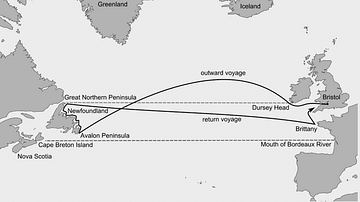
Image
John Cabot's Route to Newfoundland
The Italian explorer John Cabot (aka Giovanni Caboto, c. 1450 - c. 1498 CE) sailed from England to eastern Canada in 1497 CE. His exact route and points of exploration are unclear and the map is therefore only an approximate guide.
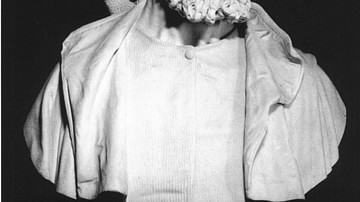
Image
Bust of John Cabot
An idealised portrait bust of the Italian explorer John Cabot (aka Giovanni Caboto, c. 1450 - c. 1498 CE) who sailed from England to eastern Canada in 1497 CE. (Venetian Institute of Science , Letters and Art, Venice)

Image
Replica of John Cabot's Caravel "Mathew"
The full-size replica of John Cabot's ship the Mathew (also spelt Matthew) on which he sailed to the eastern coast of Canada in 1497 CE. The ship was a caravel, the maritime workhorse of the Age of Exploration.
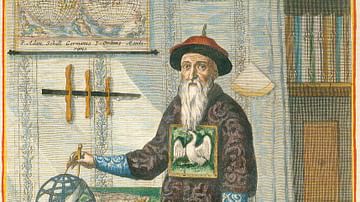
Image
Adam Schall
A colourised c. 1667 CE portrait of Adam Schall (1591-1666 CE), A Jesuit missionary and scholar who introduced many new scientific ideas into China. (Getty Research Institute, Los Angeles)
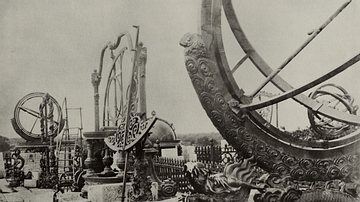
Image
Beijing Observatory Instruments
A c. 1877 CE photograph of the remains of instruments at Beijing's Observatory. Astronomy evolved in 16th-17th century CE China as a result of the introduction of scientific ideas by Jesuit missionaries such as Ferdinand Verbiest (1623-88...
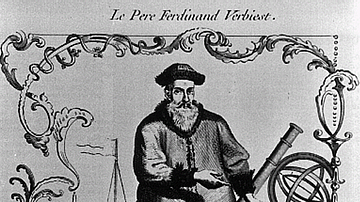
Image
Ferdinand Verbiest
A portrait of Ferdinand Verbiest (1623-88 CE), a Jesuit scholar and scientist who spread European ideas in China. (National Library, Paris)

Image
First Court, Magdalene College, Cambridge
The First Court of Magdalene College, part of the University of Cambridge. The college was founded in 1542 CE. The court and chapel were first laid out in the 16th century CE and then added to and altered over subsequent centuries.
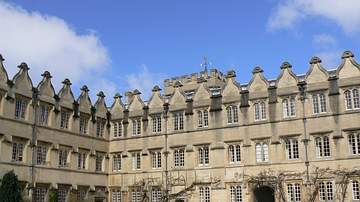
Image
Jesus College, Oxford
The second quadrangle at Jesus College, Oxford. Part of Oxford University, the college was founded in 1571 CE during the reign of Elizabeth I of England (r. 1558-1603 CE). The second quadrangle was built in the 17th century CE.
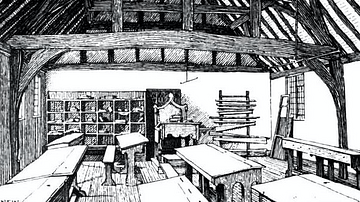
Image
English Grammar School Classroom
An illustration of a 19th century CE English Grammar school classroom. The classrooom had changed little since Tudor times.
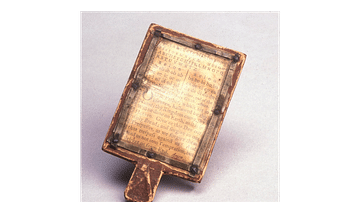
Image
English Horn-book
A 17th century CE horn-book, a commonly used teaching tool from the 16th century CE onwards. The text (here with the alphabet and an extract of the Lord's Prayer) is protected by a thin layer of horn. (British Museum, London)